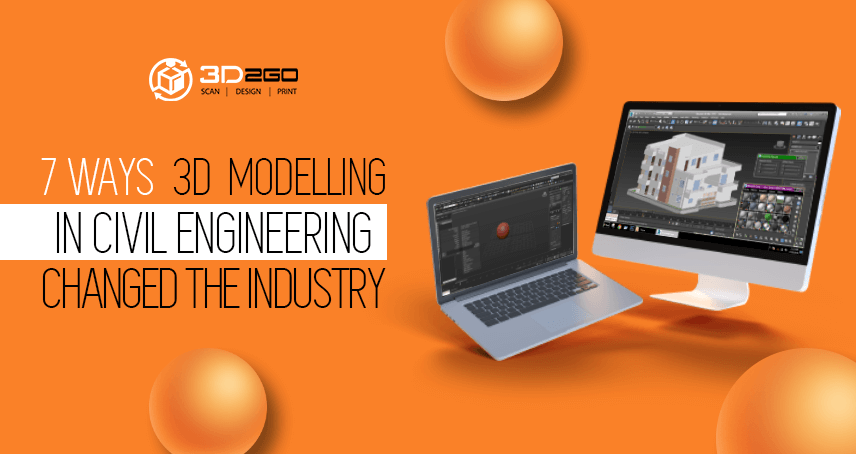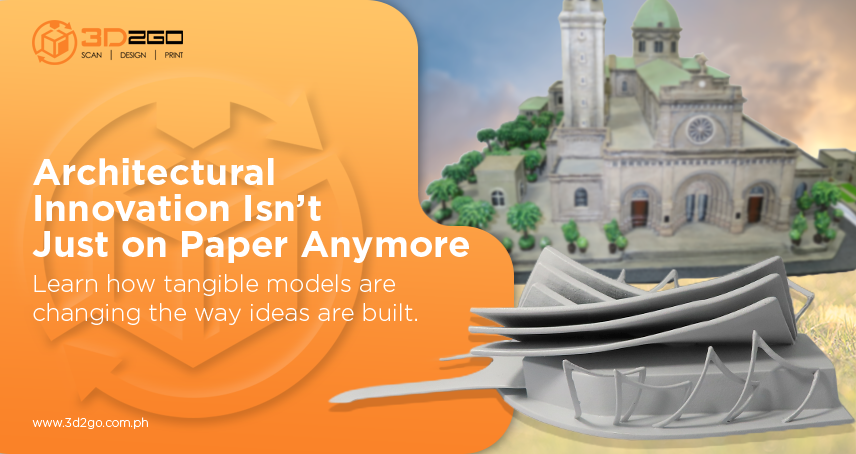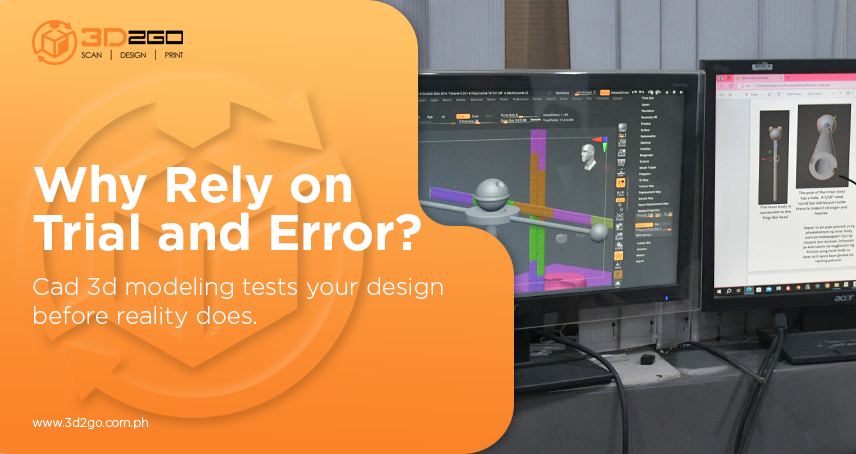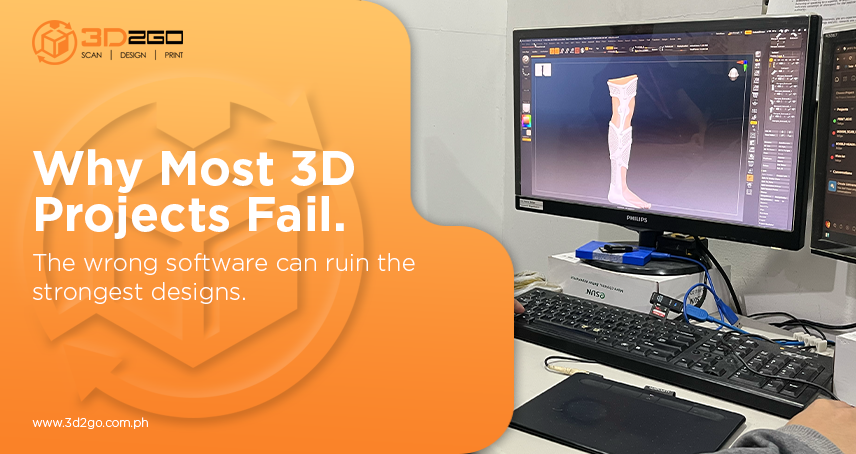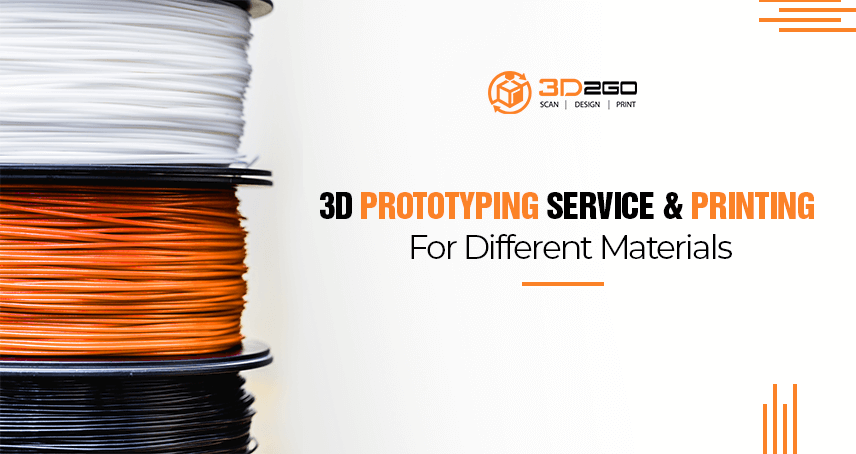
3D Prototyping Service & Printing For Different Materials
July 22, 2022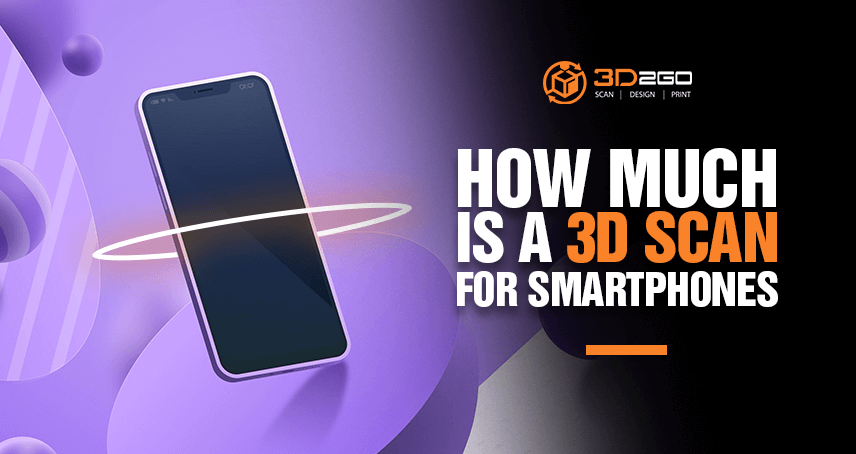
How Much Is A 3D Scan For Smartphones?
July 23, 2022
3D Modelling in Civil Engineering has helped the industry in a myriad of ways.
The popularity of 3D modeling for engineers continues to grow and for good reasons. 3D technology greatly helped the industry to be more efficient and adaptive.
For those who want to “see” a finished structure, product or part during the design process, engineers employ different 3D designing and modelling techniques to do that.
But how exactly 3D modelling and designing helps Civil Engineering to further develop to what it is now?
7 Ways 3D Modelling Shaped Engineering and Construction Industry
3D modelling is the creation of a 3D model from an abstract idea or from 2D dimensional directions. It is an excellent method to conceptualize and study design.
With construction and engineering companies across industries racing to increase productivity, every new technology and process could mean another step ahead of the competition.
As a result of this push for more productive methods, many companies have made, or are making, the switch from 2D to 3D modelling.
Here are seven ways 3D modelling helped the industry to become what it is today:
- Streamline Design Cycles
Instead of making a 2D design, 3D modelling introduces 3D CAD drafting. The software allows designers to explore a greater number of options during the design process and make adjustments fast and efficiently.
Consider this a more direct (and expedient) path to the end output.
After all, when it comes to designing and constructing, time is money. One of the main reasons why so many businesses are focusing on 3D modeling is because of this.
When compared to 2D modeling, 3D modeling takes much less time. This perk can’t be overlooked, especially when it allows you to put your product into production before the competitors.
- Accessible Design Process
Adjustments made for the sake of speed don’t have to imply a loss of quality or a complication of the design and production processes.
Using 3D modeling software to automate the design process can actually boost productivity, while also maintaining high quality work.
A 3D modelling software with great visualisation options can help you get a better overview of your project. A precise overview allows you to adjust and improve planning and designing efficiently. It is also a good method to correct errors.
Here are the top 15 3D design and construction software you should check:
- Maya
- ZBrush
- Houdini
- Cinema 4D
- Autodesk 3ds Max
- Modo
- Lightwave 3D
- Blender
- Daz Studio
- SketchUp
- Hexagon
- Fusion 360
- Houdini Apprentice
- Wings3D
- Rocket 3F
- Improve Communication Across Departments and Teams
Internal design evaluations are faster upon moving from a 2D image to a 3D model because of the enhanced accessibility and visualization.
Hence, 3D modeling not only improves communication within teams, it also helps keeping in touch with suppliers, consumers, and internal teams, reducing time-to-market even further.
With the help of a working 3D modeler, both clients and internal workers will be able to visualize both components and the projected final product design.
With the integration of computer generated designs, the model becomes more interactive. 2D modeling can’t match the ease of visualization and comprehension of 3D modeling offered to the industry.
Additionally, 3D modeling can be utilized to generate advertising animations and renderings.
- Catch Design and Quality Issues
Far too many resources are wasted on catching faulty designs and quality issues after production has already started.
Why not start asking and answering complex engineering questions earlier in the process? Well, 3D modeling allows companies to conserve those valuable resources by enabling them to catch errors before a design is finalized.
Validating your designs digitally lowers costs associated with both design and quality issues while preserving the integrity of your design process.
- Physical Prototyping Made Simple
Companies sometimes need actual prototypes on a regular basis. This is when 3D printing and 3D modelling comes in.
To create STL files, you simply need to have a 3D model of your project.
In a nutshell, an STL file stores information about 3D models. This format describes only the surface geometry of a three-dimensional object without any representation of color, texture or other common model attributes.
STL files are loaded to the 3D printer via a computer. The printer then create whatever is indicated in that file.
- More Effective Data Management
Engineers and designers are always concerned about data management, especially when working with multiple product revisions.
It’s entirely likely that some designers and engineers who favor 2D modeling prefer to organize their sketches by hand. However, switching from 2D to 3D modeling can significantly improve productivity and preservation of design.
You can easily keep track of your design data with 3D modeling. Instead of needing to manually update a Bill of Materials (BOM) as components are added or removed from an assembly, 3D modeling software can automatically update the BOM.
This aids in the standardization of drafting procedures and ensures that the entire team is on the same page.
And, as we’ve mentioned, 3D solid modeling simplifies data exchange with other departments, keeping the product design cycle straightforward and avoiding any potential redundancies or repeated work.
- Allows More Creative Room
With technology improvements, tasks are becoming easier by the day.
Drawing blueprints takes a long time, therefore 3D modeling makes it easier to come up with distinctive building designs.
Architects may focus more on the originality of their design because they don’t have to worry as much about the technicalities because of different 3D architecture building models techniques.
Furthermore, it makes it easy to imagine any ideas that may have been dismissed in the past since it was uncertain how they would turn out. As a result, they’re free to be more experimental with the prospective design architects provide.
Conclusion
There’s no better time to make the move from 2D to 3D modeling than today.
The benefits of working in three-dimensional space over traditional drafting are that it allows architects and engineers to more clearly understand the conditions of a design.
The design of building systems is complex and can be utilized to more clearly represent projects to other designers, builders, and clients.
3D Modelling changed the way engineering, construction and architectural companies create, study and test their projects.
By having a model, designers are able to put forth a more accurate design to ensure a project functions properly and it will last for decades.
The more accurate the information is at the start of a project the better decisions the solutions that can be designed. These decisions allow projects to meet building codes and requirements for functionality that are critical for both owners and users of a building.
Learn More About 3D Modelling
Do you want to further understand what 3D modelling is and its limitless possibilities? We got your back!
3D2Go is the only one-stop-shop for everything 3D printing in the Philippines. We offer end-to-end full-service that guarantees a top-quality end product.
Our team has the experience to understand the vision of your project, accurately capture and analyze it and then provide a realistic model for your design and presentation requirements.
Not only that, but we also supply 3D Printers if you want to print your own ideas as well.


